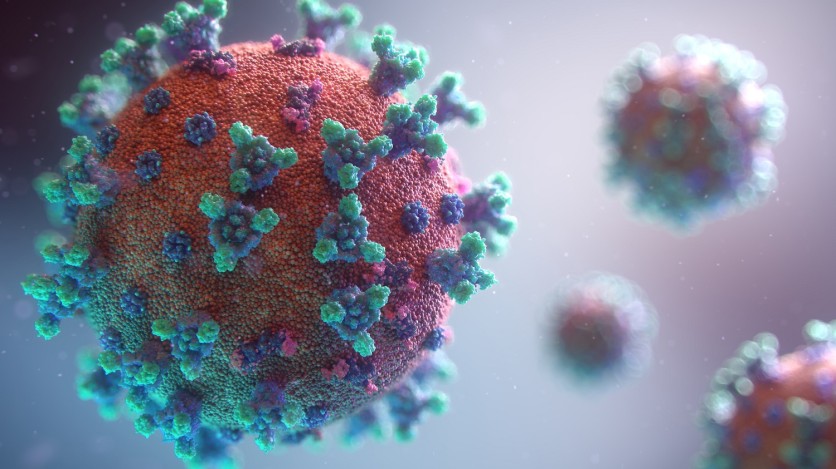Researchers claim the spread of coronavirus is complex beyond numbers and its symptoms, as it also depends on how the media portrays it.

Vicky Chuqiao Yang is a researcher at the Sta Fe Institute (SFI) who uses "mathematical tools to understand complex phenomena in human society," according to her website. She is currently working from home since SFI closed down in March because of the coronavirus pandemic.
Miss Yang shared her views on how the crisis was handled in her hometown in Wuhan, China, where her parents live. Yang has been tracking the virus through constant communication with her parents and various reports in social media and media outfits.
Yang recounted how rumors and stories about how statistics are bent. "There were all these internet campaigns about how many people there are, untested, who have symptoms, who are suffering; some people are dying; they [were] not counted in the official statistics," she recalls.

READ ALSO : [BREAKING] COVID-19 Update: New Zealand 'Eliminated' Virus Saying "We Have Won That Battle"
An online outcry pushed officials to change policies like in Hubei province, where stadiums and convention centers were converted into temporary treatment centers.
In January, a frantic campaign convincing people to cancel their travel plans for the Chinese New Year. The message was sent out across the Chinese media while young people tried to convince their parents to stay home. The United States, Europe, and other countries have followed a similar pattern response to the COVID-19 pandemic.
"How people are talking about the disease influences how it's going to spread," Said Laurent Hébert-Dufresne, an assistant computer science professor at the Vermont Complex Systems Center.
Conflicting reports about how contagious or serious the virus is, along with conspiracy theories, online rumors, and the promise of unproven treatments, have all influenced the curve of this pandemic.
This shows how complicated the coronavirus is. Beyond numbers and symptoms, its development also depends on the information spreading through the media and online platforms.
It is more than just tracking the number of confirmed cases and deaths or looking at the same graphs every day. Otherwise, it is like catching an arsonist by tracing the smoke from a burning building while the criminal flees across the town to set another fire.
The power of memes
Hébert-Dufresne has been studying the impact of social messaging and communications on infectious disease outbreaks since 2015 after the Ebola outbreak in West Africa.
In February, the study, which was published in Nature, argues that people tend to downplay the effect and spread of infectious diseases like COVID-19. Forecast and managing to pandemics are based on the basic reproduction number or R0.
The R0 value for COVID-19 lies between 1.4 and 5.7, which means an infected person can spread the virus to over five people.
Based on the study, biological contagions are deemed 'simple' despite having infectious individuals transfer the disease to high-risk individuals. "Clearly, contagions never occur in a vacuum; instead, pathogens and ideas interact with each other and with externalities such as host connectivity, behavior, and mobility."
Hébert-Dufresne and co-authors Samuel Scarpino and Jean-Gabriel Young added that the spread of infectious disease is far more complex than calculating an R0 value or many other similar models.
Tracing the path of a virus such as SARS-CoV-2 is nearly impossible. However, this involves personal interactions, so the government orders social distancing to reduce the risk. However, a person's health status also affects the spread of the virus.
Certainly, viruses spread in a more complex way. It is comparable to how a meme or other information (or misinformation) whips over the internet, which is also how the term "viral" is coined. Viruses spread just like a viral meme, and viral memes also influence it.
ⓒ 2025 TECHTIMES.com All rights reserved. Do not reproduce without permission.




